Atherosperma moschatum
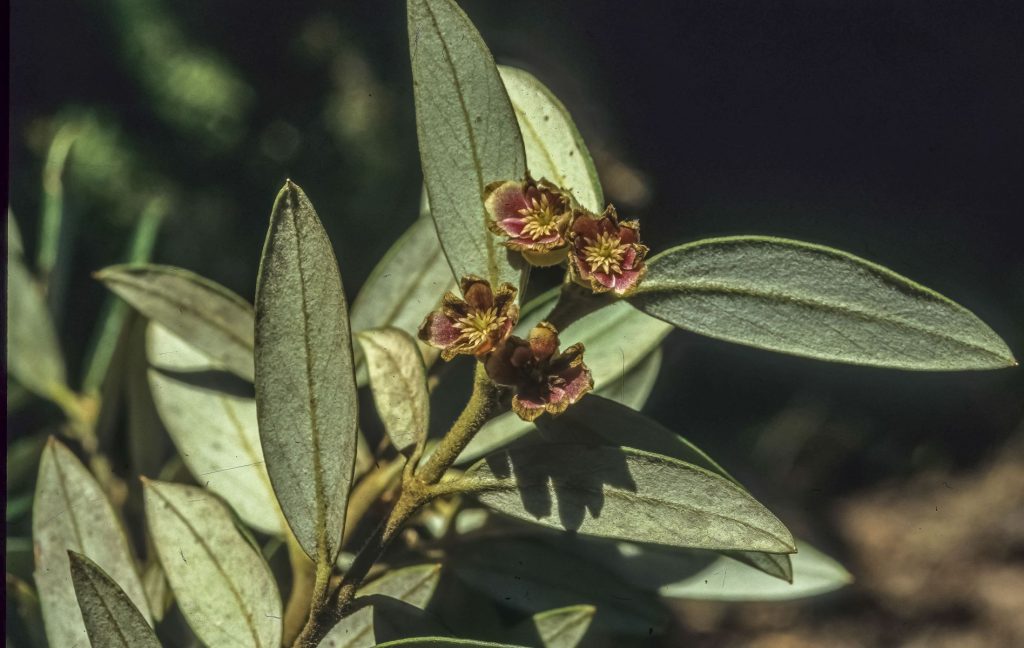
A large tree, reportedly slow-growing, to around 25 m tall (to 40 m in some habitats such as in Tasmania; usually with a narrow conical habit to a few metres wide.
Notelaea venosa
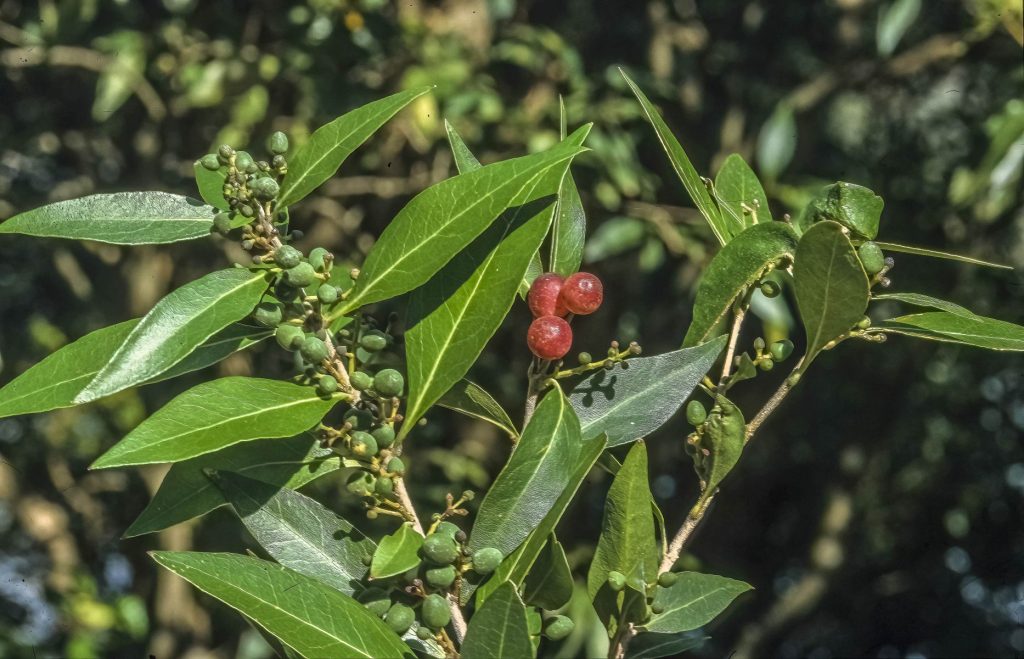
A small tree potentially reaching 10 m or more, with a spread to several metres but often seen as a smaller shrub.
Notelaea microcarpa
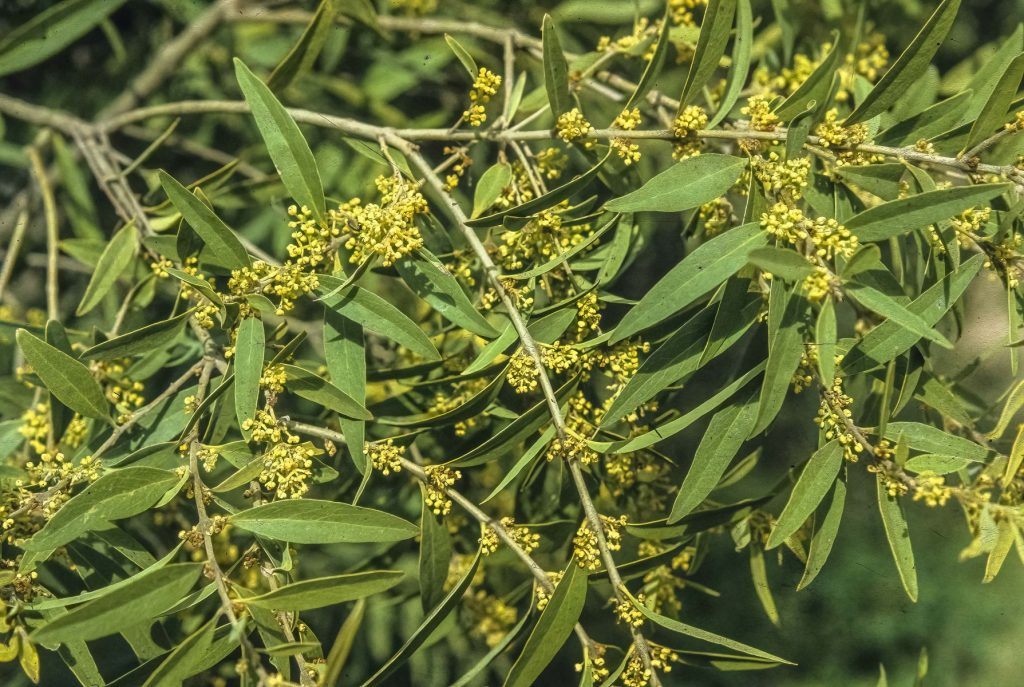
A tree to 10 metres high, sometimes multi-stemmed.
Alloxylon flammeum
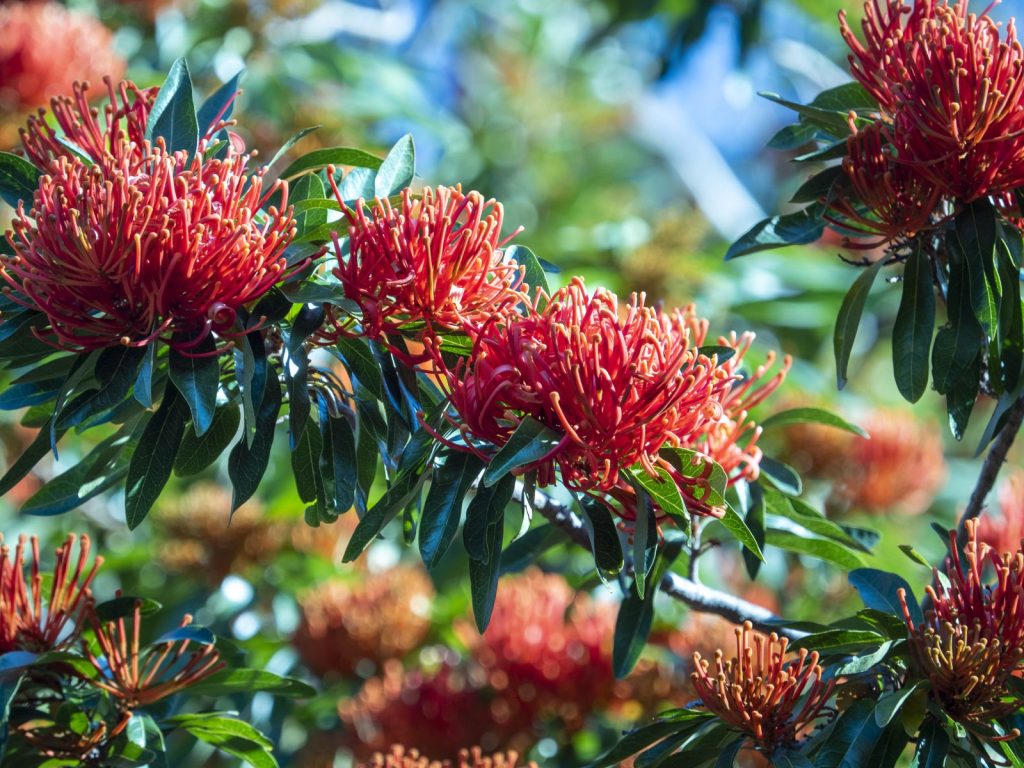
A tree growing to 30 metres tall, spreading to 10 or so metres wide – often much smaller in cultivation.
Notelaea longifolia
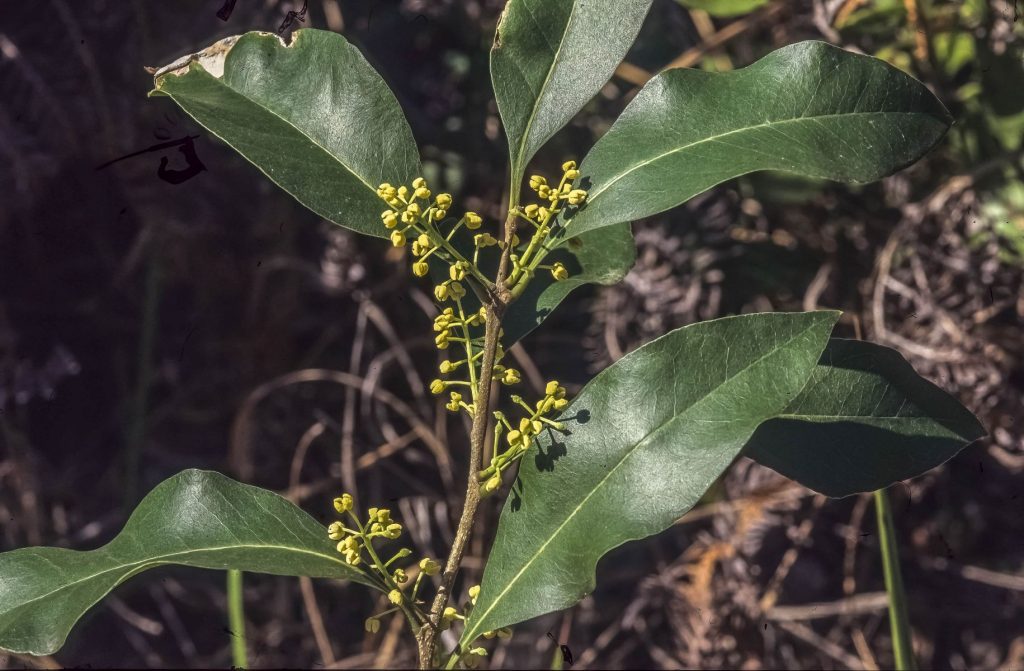
A tree to potentially 9 metres tall, with a canopy to a few metres across. It is often seen as a shrub in much of its habitat.
Alloxylon pinnatum
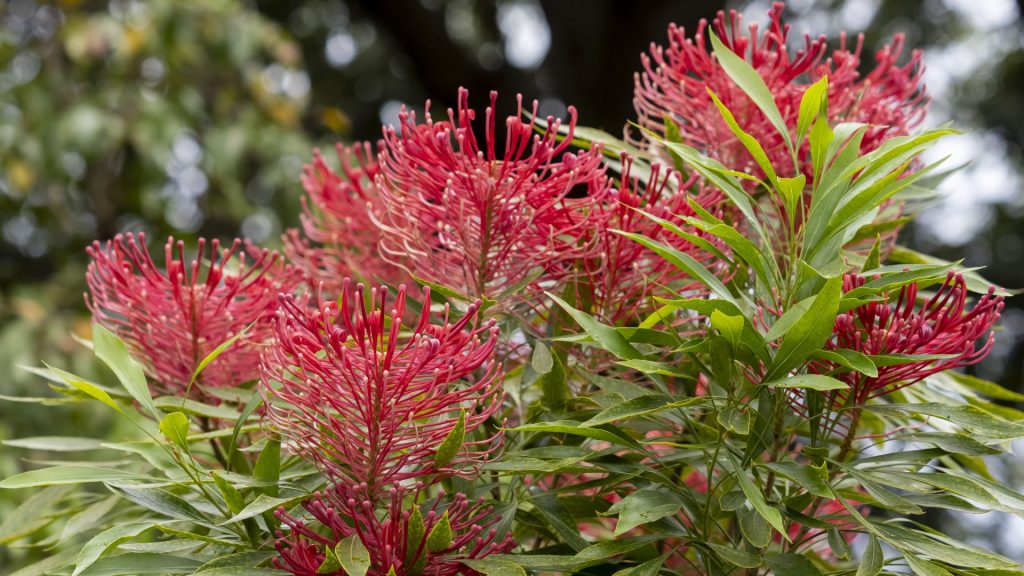
A tree growing to 25 metres tall, spreading to 10 or so metres wide – often much smaller in cultivation.
Lophostemon confertus
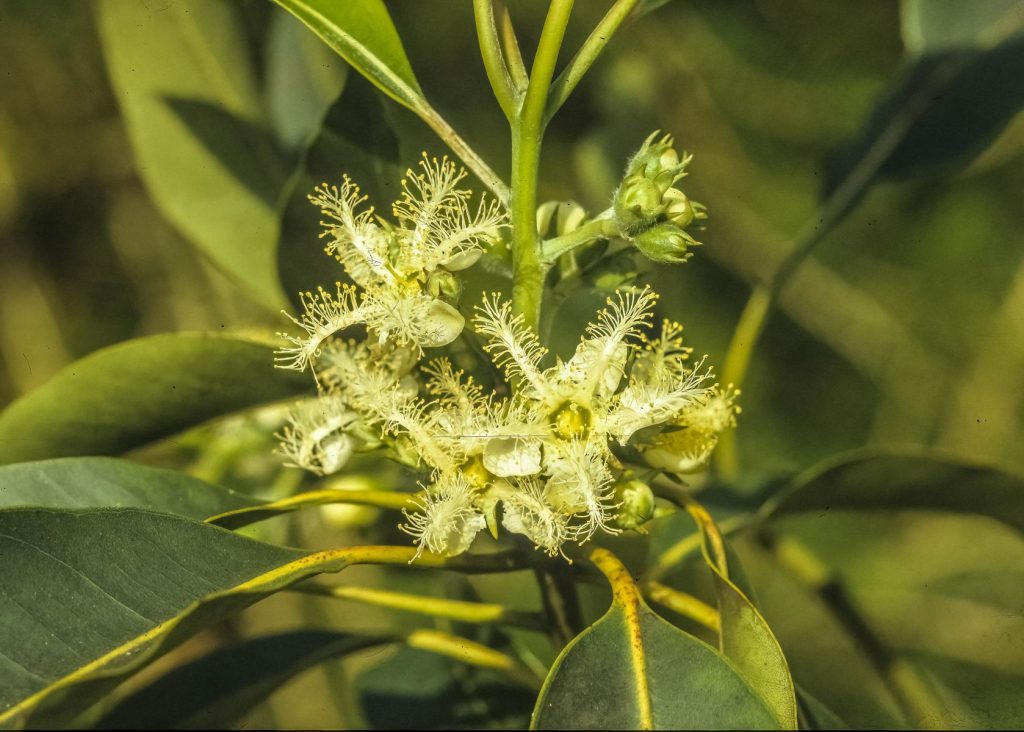
A potentially large tree, potentially reaching 40 metres tall in its natural environment but much smaller in cultivation.
It has rough brown bark on lower trunk and smooth pinkish brown bark on upper trunk and branches.
Eucryphia moorei
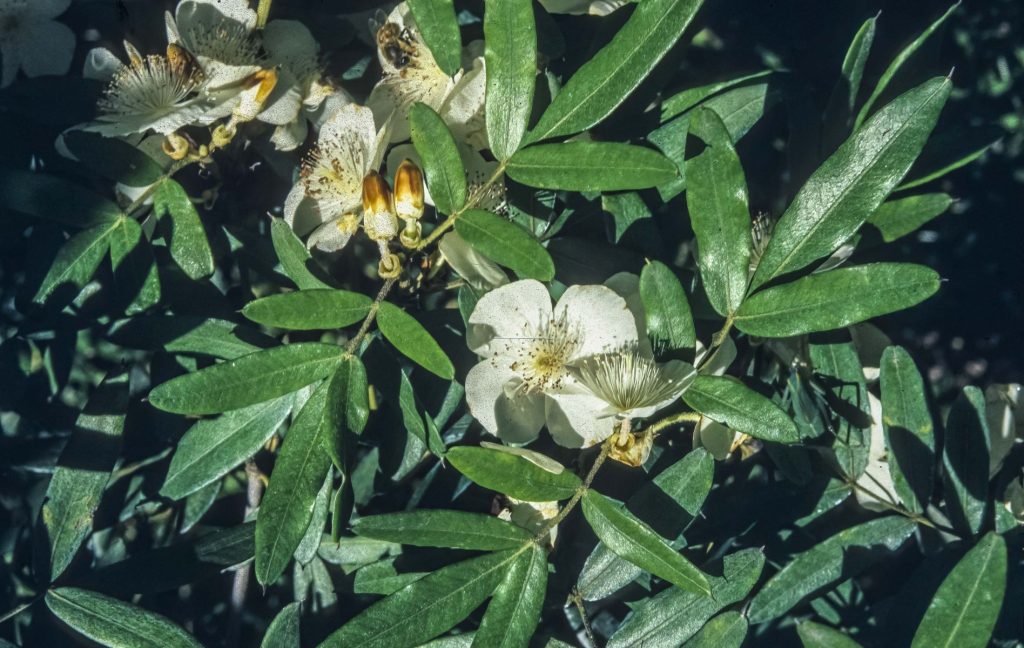
A small tree to 30 metres tall (often seen much smaller), with attractive and often horizontally-spreading foliage, spreading to several metres wide. It can often have many basal suckering stems.
Polyosma cunninghamii
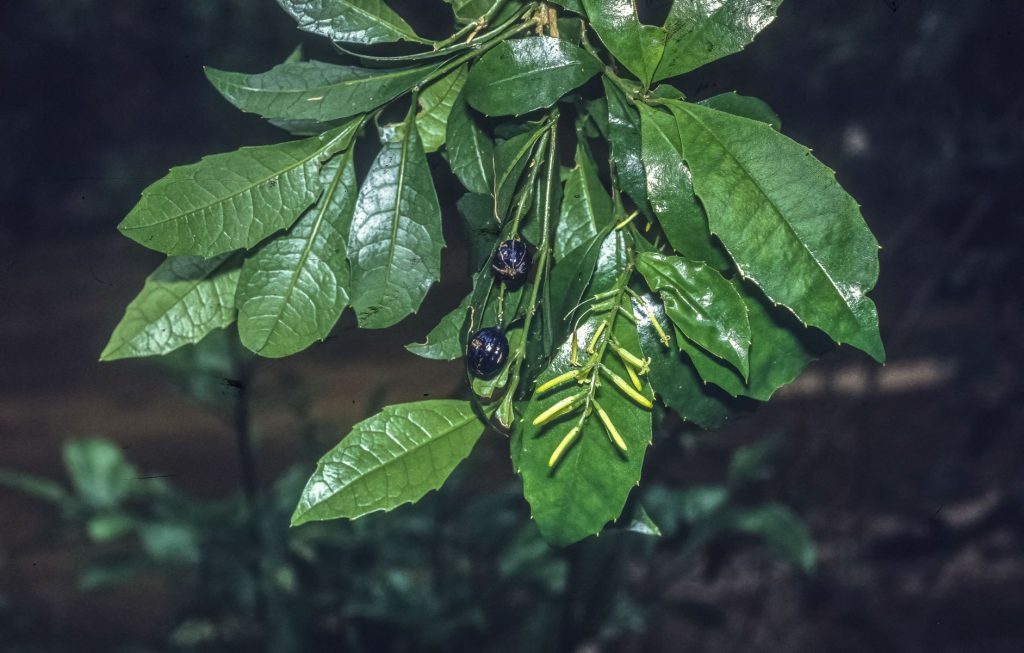
It has a coastal and coastal-inland distribution in NSW, growing north from Nelligen-Batemans Bay area, in a patchy distribution northwards to the Queensland border, as far west as Barrington Tops National Park and Armidale-region.
Planchonella australis
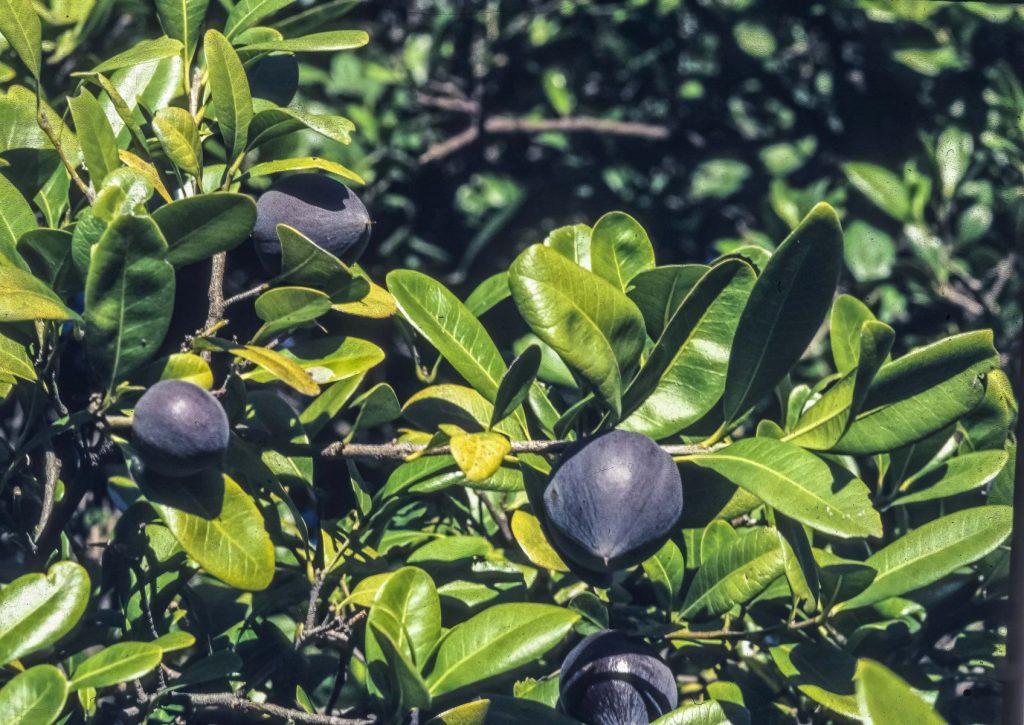
A tree capable of reaching 30 metres tall, with a flanged and fluted trunk up to 1.2 m in diameter, with rough brown bark. It is usually much smaller in cultivation.
Scolopia braunii
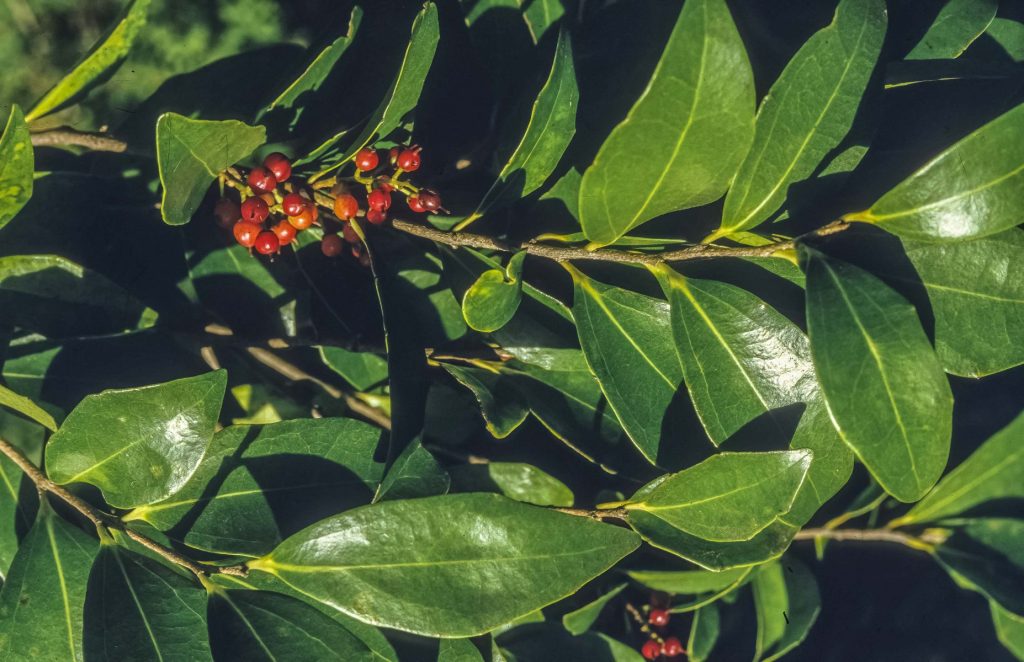
A shrub to medium-sized tree, capable or reaching to 25 metres tall, with a canopy spread of 5 metres or more.
Homalanthus populifolius
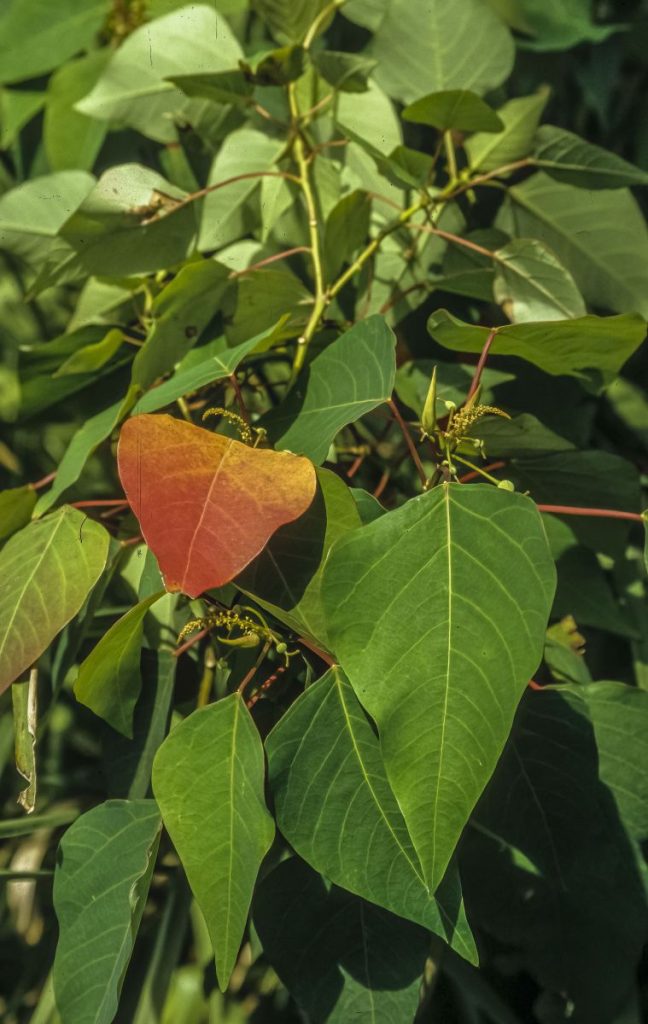
It occurs commonly in NSW, along the entire coastal fringe and parts of the coastal inland, extending west to areas such as the Hunter Valley (Merriwa-Scone), Mt Kaputar National Park near Narrabri. It extends into Queensland, along the coast and parts of the inland to Cooktown. In Victoria, it is thought to be a weed, found in disturbed sites in north-eastern Victoria and around Melbourne and Port Phillip Bay. It is native to New Guinea and the Pacific Islands. It is a serious weed in New Zealand and also a weed in Western Australia.
Diospyros australis
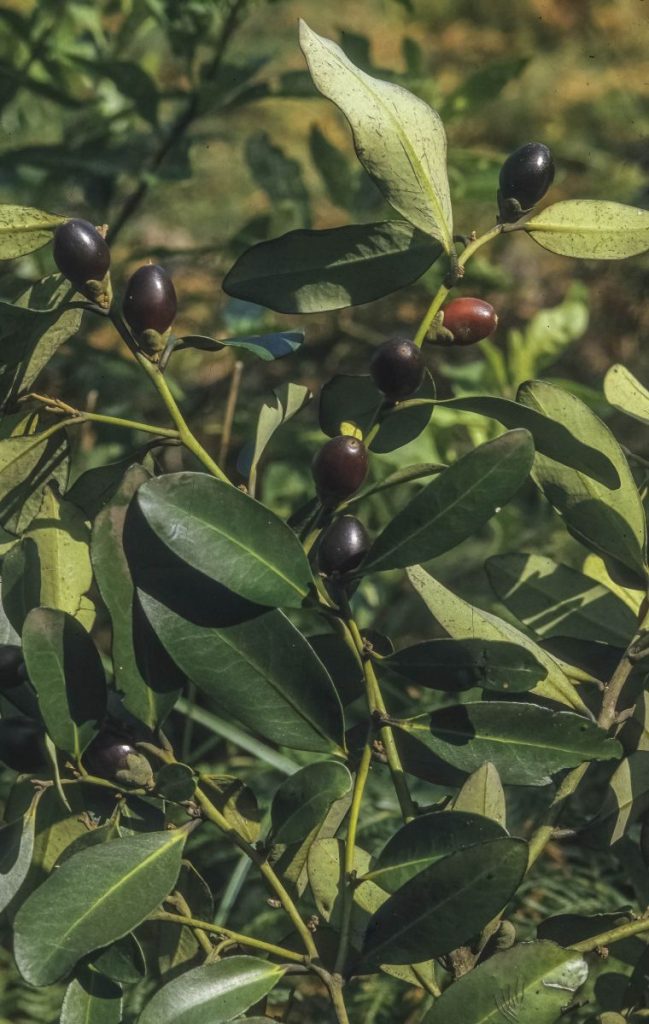
A medium-sized tree, reaching 20 or less with a canopy spread of several metres and a trunk diameter of 25 cm. It is often seen as a shrub in rainforest environments.
Emmenosperma alphitonioides
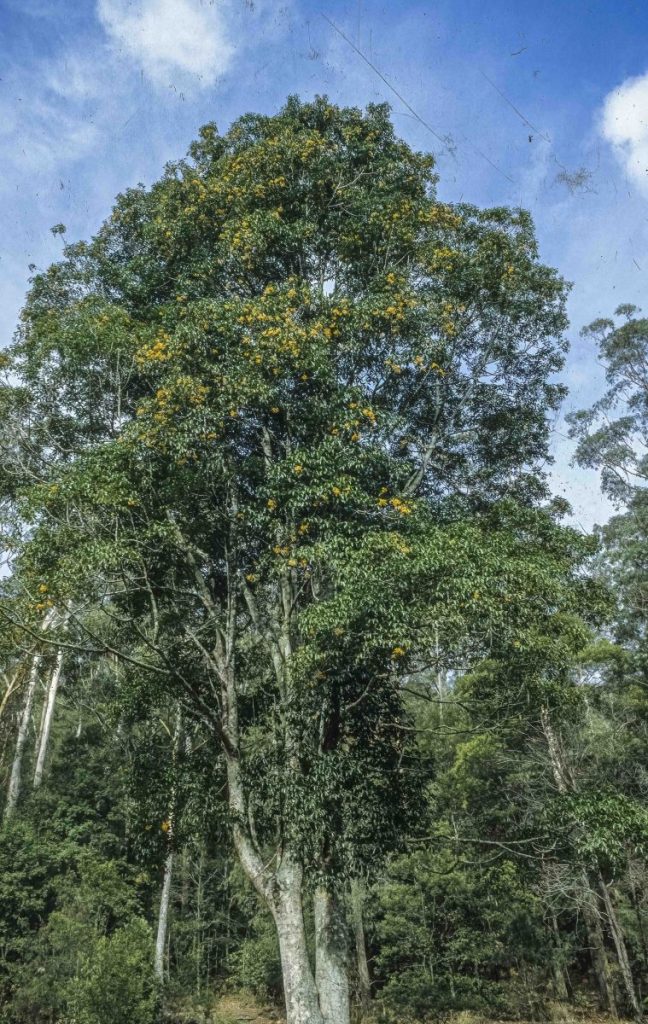
It has a mostly coastal distribution in NSW, growing from as far south as north-west of and, in vicinity to, Batemans Bay (Clyde River), northwards to the Queensland border, extending as far west as Barrington National Park and the Lower Blue Mountains. It extends into Queensland, mostly continuously to Gympie; then with a large disjunction to west of Mackay and more disjunction around the greater Cairns area and then further north to the Cape York Peninsula. It is also found in the Northern Territory in Kakadu National Park.
Ceratopetalum gummiferum
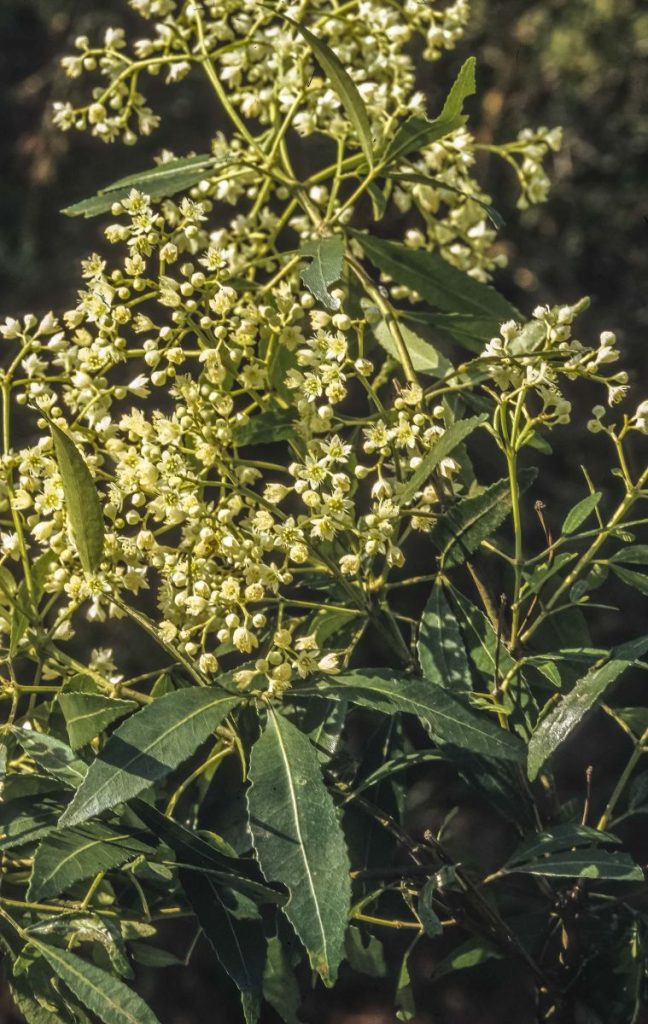
A large shrub to tree, growing up to around 10 metres (often seen much smaller) sometimes multi-trunked.
Glochidion ferdinandi
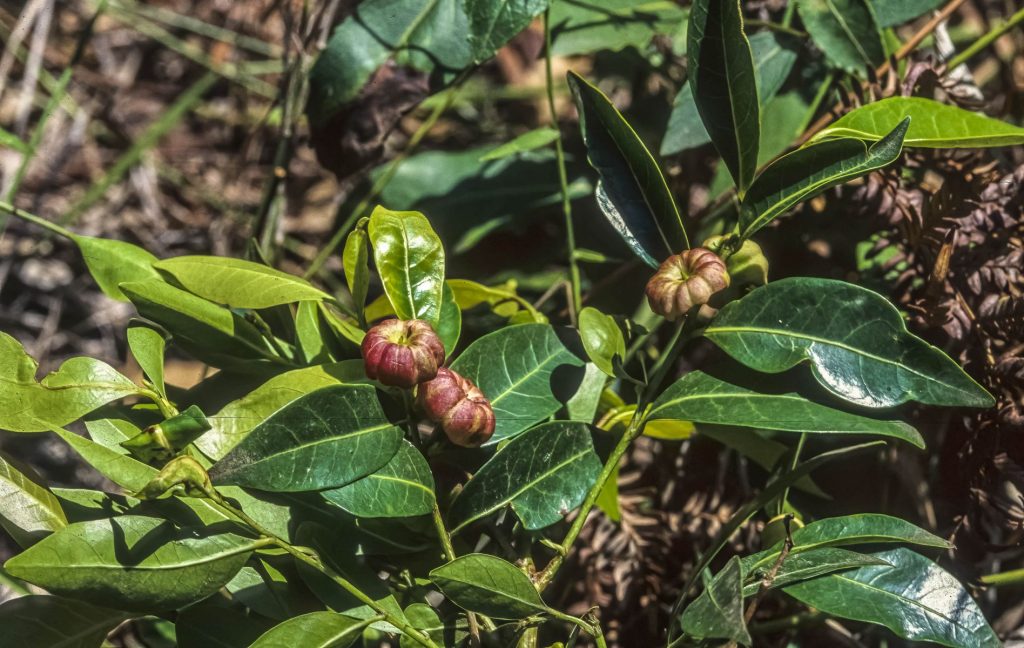
A medium to large tree, capable of reaching 30 metres but often seen much smaller in the bush and in cultivation.
Eupomatia laurina
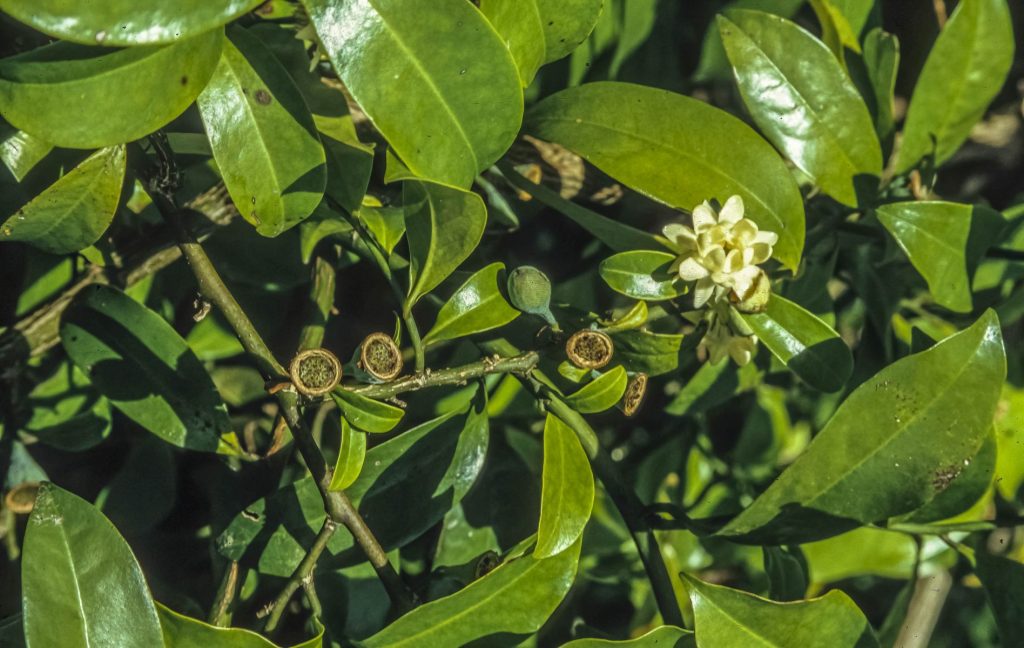
A tree to 10 metres tall but usually smaller – growing as a large shrub. It has a mostly coastal distribution in NSW but is found as far west as the central western slopes (Coolah Tops National Park), extending south along the entire coast to as far as the Orbost-region in Victoria, and extending through Queensland, somewhat disjunctly, to south of Cook Town and then disjunctly in New Guinea.
Wollemia nobilis
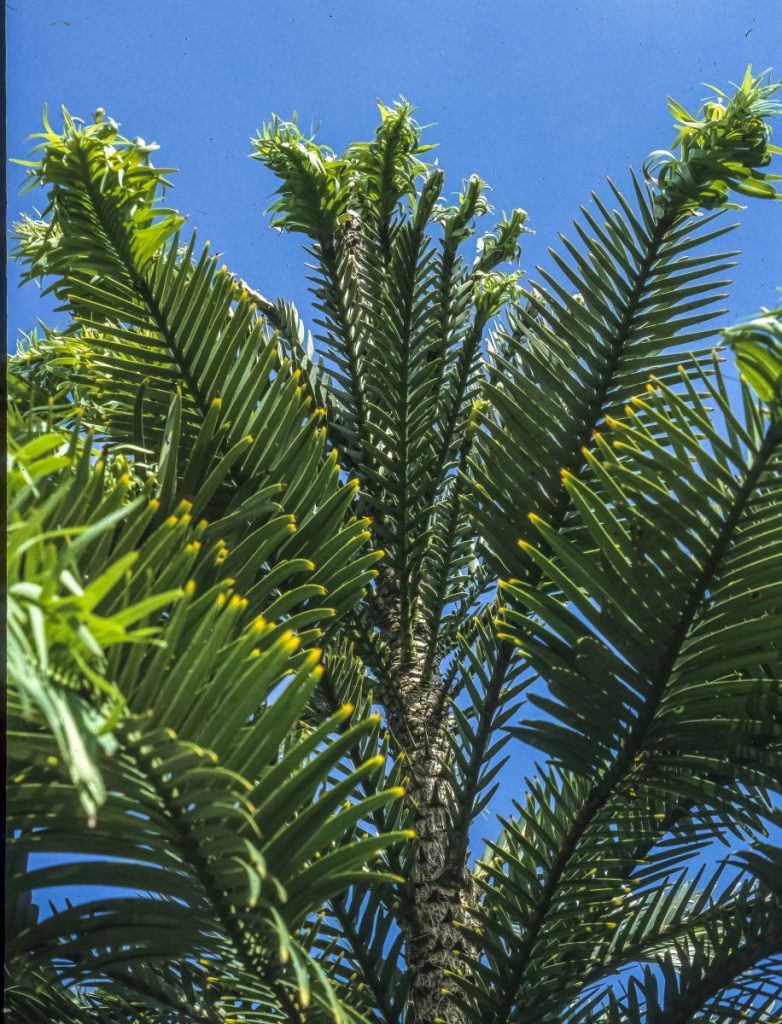
It is well known that this species was (and still is) an internationally renowned discovery and has, hence, become a famous plant in its own right; discovered in 1994 in remote and hard-to-access canyons in Wollemi National Park, about 150 km north-west of Sydney. The exact location is kept a close secret but it is said the tree exists in 3 canyons.
Rhodomyrtus psidioides
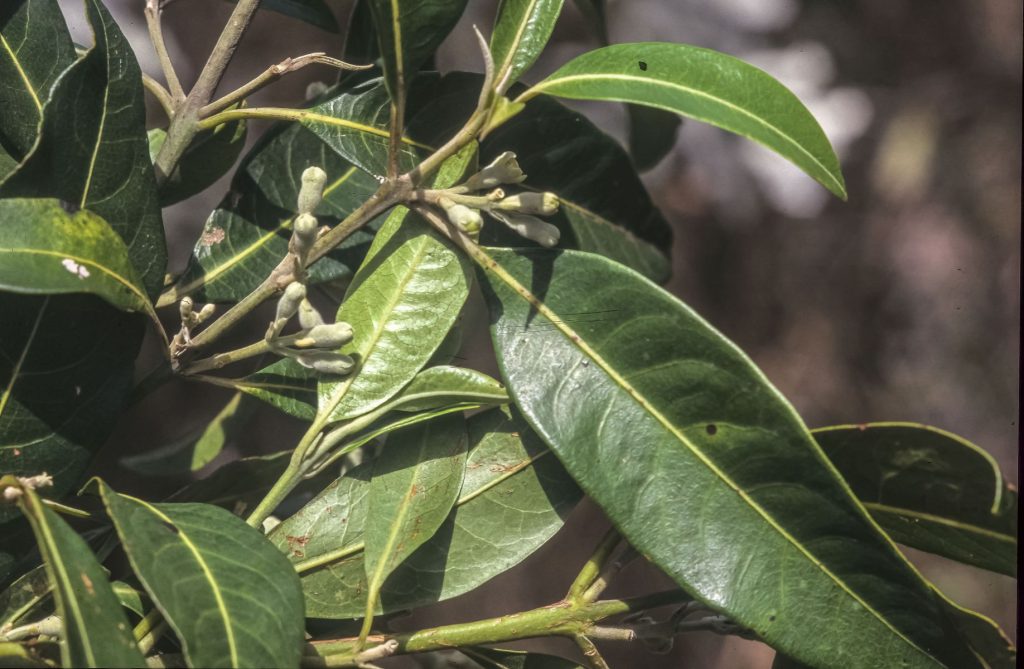
A shrub or small tree to 12 m high with brown scaly bark.It has a purely coastal occurrence in NSW, growing on the central and northern coastal areas, north from around Gosford, with patchy records, along the coast as far as Maryborough ion Queensland, with isolated records further north at Rockhampton and Mackay.
Rhodamnia rubescens
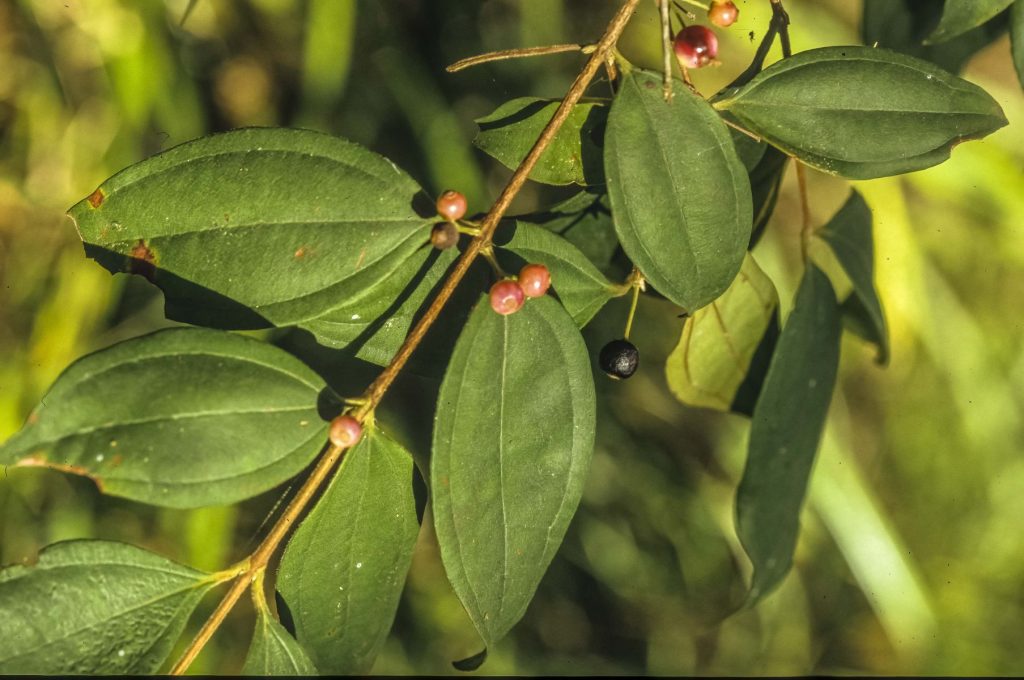
A tree to potentially 25 m high, often seen as a medium to large shrub.It has an almost-purely coastal occurrence in NSW, growing north of Batemans Bay, along the coast, west to Barrington Tops National Park, extending northwards into Queensland, to around Mount Perry, (west of Hervey Bay).
Doryphora sassafras
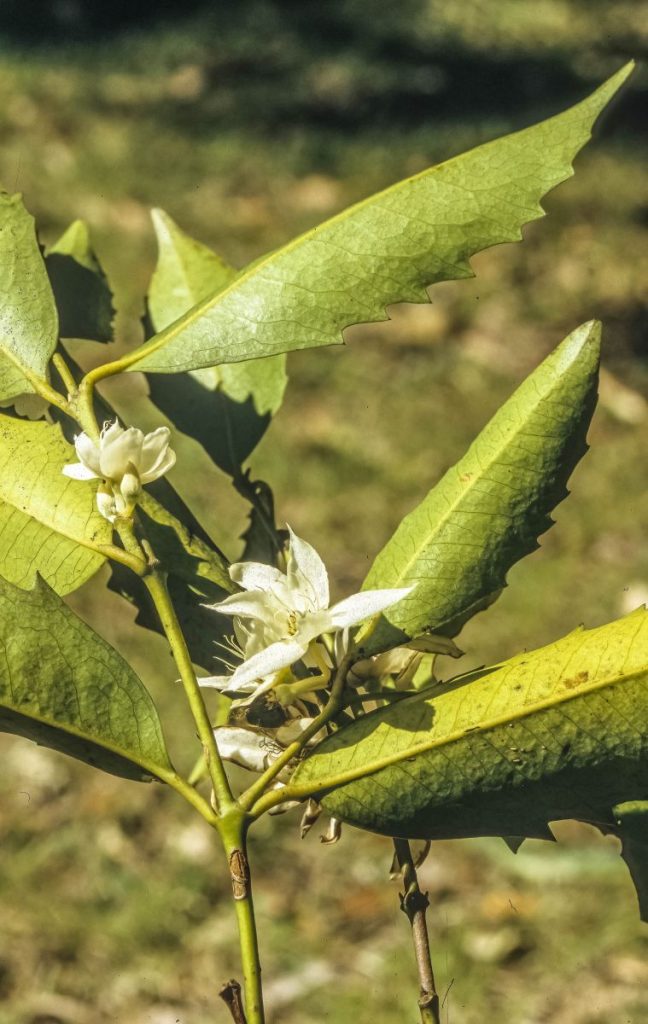
It has a mostly coastal distribution in NSW, extending into the central and northern tablelands, north from around Bega, Widespread on the coast and ranges north from the Bega district. It just extends into Queensland to the Gold Coast and Gold Coast Hinterland towards Warwick.
Brachychiton populneus
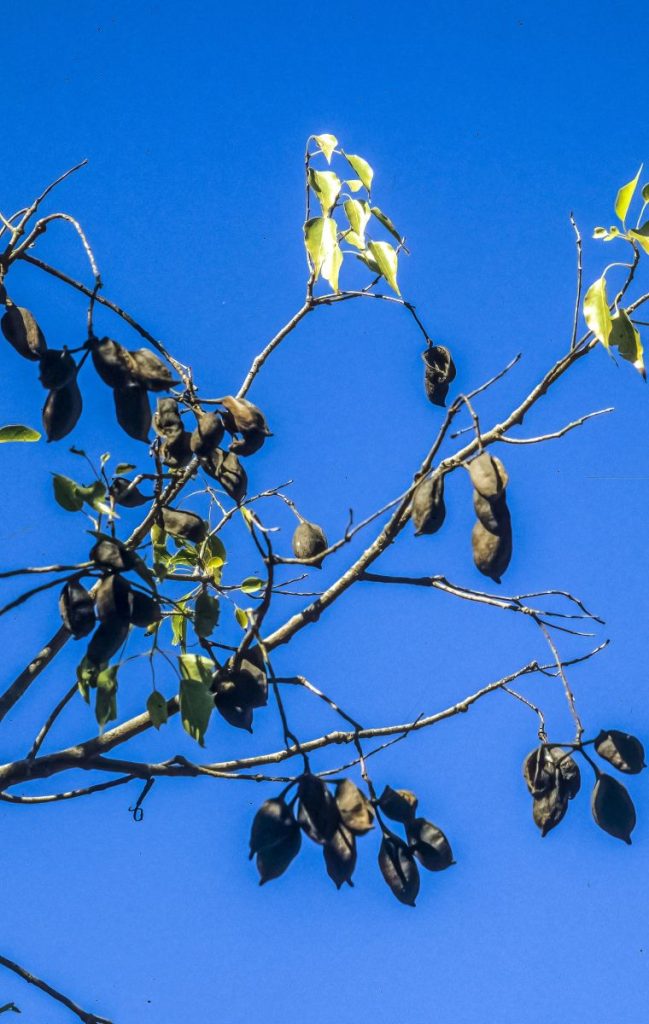
It is a common sight in NSW inland areas, occurring throughout virtually all of the western slopes and plains as well as tableland areas. It is also found in the coastal hinterland. It grows as far west as Ivanhoe. It extends into Queensland, growing as far as Cairns-region.
Brachychiton acerifolius
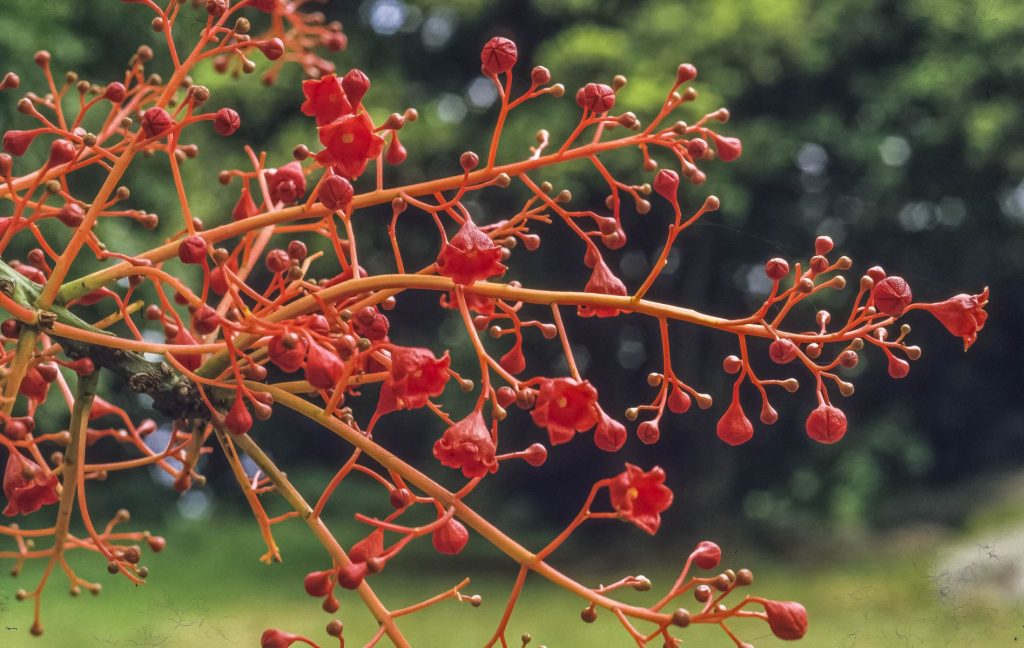
A large deciduous tree to 35 m in height, with a broad canopy-spread. It is found in NSW mainly in coastal areas, as far south as the Shoalhaven River (possibly extending to Batemans Bay, northwards in disjunct patches, extending into Queensland where it also has a coastal distribution up to the Cape York Peninsula.
Podocarpus elatus
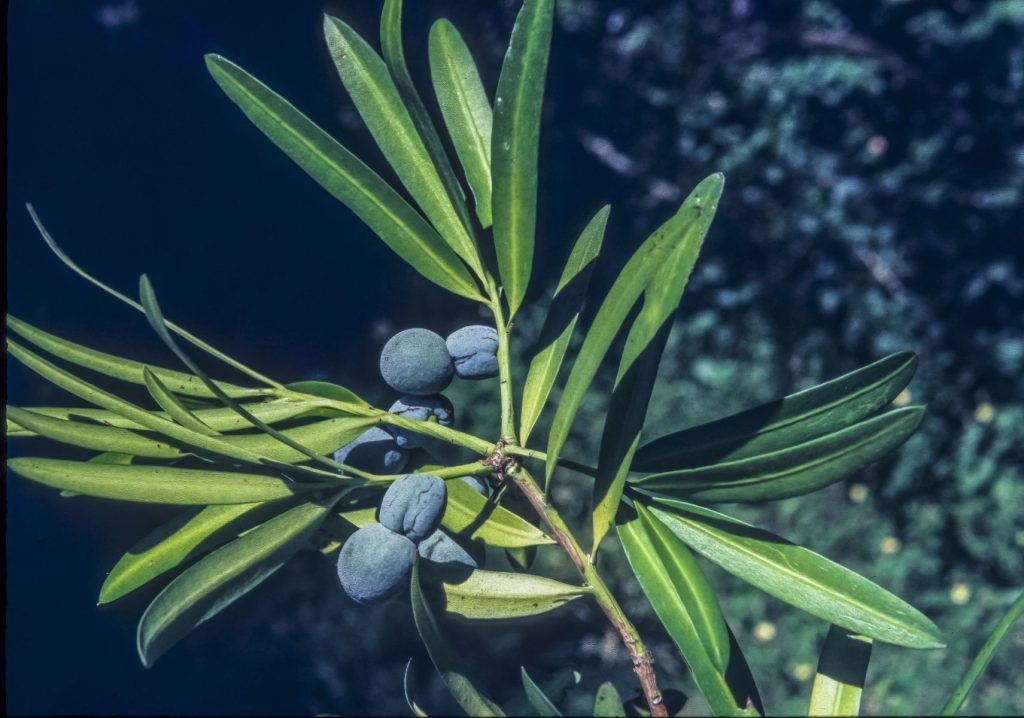
A medium to large and slow growing tree, to 35 m tall (usually up to 15 m tall in cultivation) with a round spreading canopy to several metres wide, often with horizontal branches.
Ceratopetalum apetalum
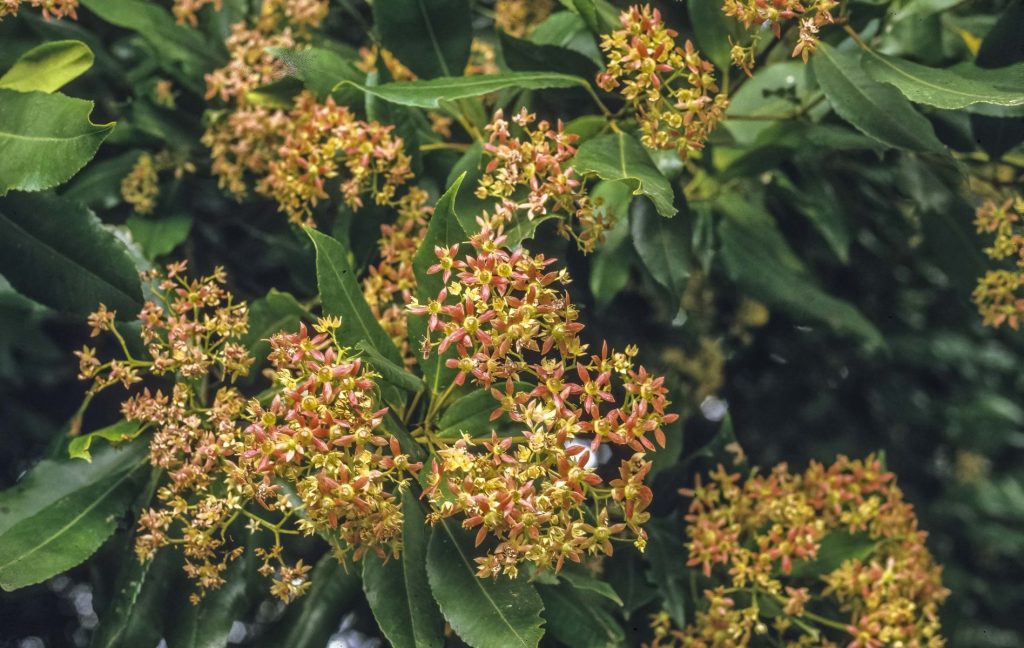
A tree growing up to 40 metres (often seen much smaller) with a broad-spreading crown. Sometimes multi-trunked.
Callicoma serratifolia
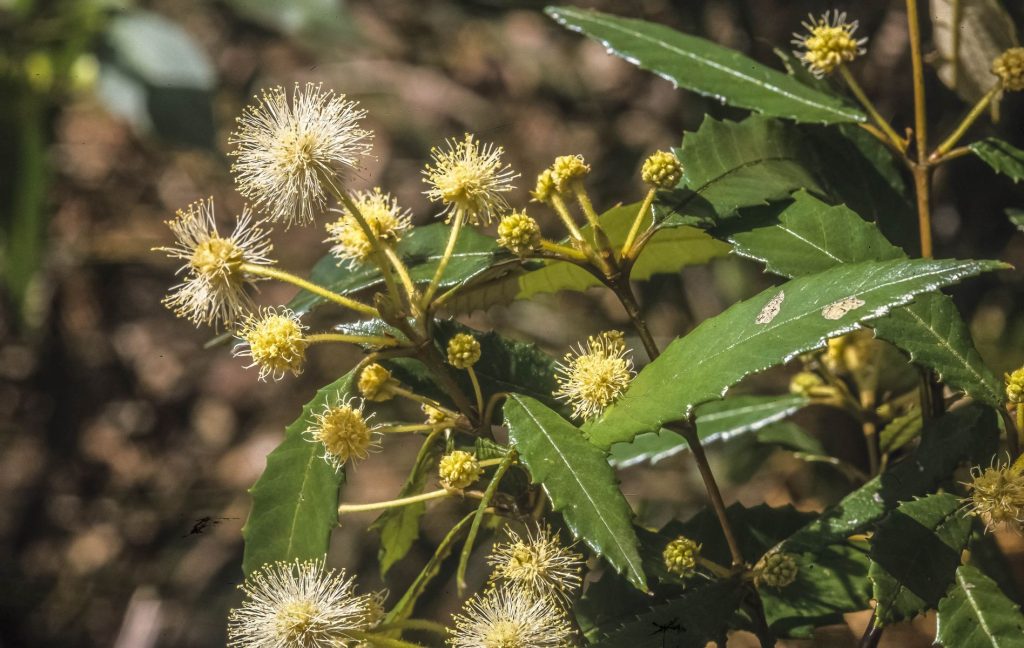
A tree, often seen as a large shrub, potentially growing up to 20 metres in height with a 3-metre spread, sometimes multi-stemmed. It grows naturally in New South Wales and Queensland, in near-coastal areas, as far south as Batemans Bay, and as far west as Lithgow, extending up the coast and tableland-fringes, as far north as Kroombit Tops National Park in Queensland (east of Biloela).
Pittosporum undulatum

A tree to 15 metres tall, forming a canopy to 10 metres wide, with light-brown to grey bark with conspicuous lenticels.
Synoum glandulosum
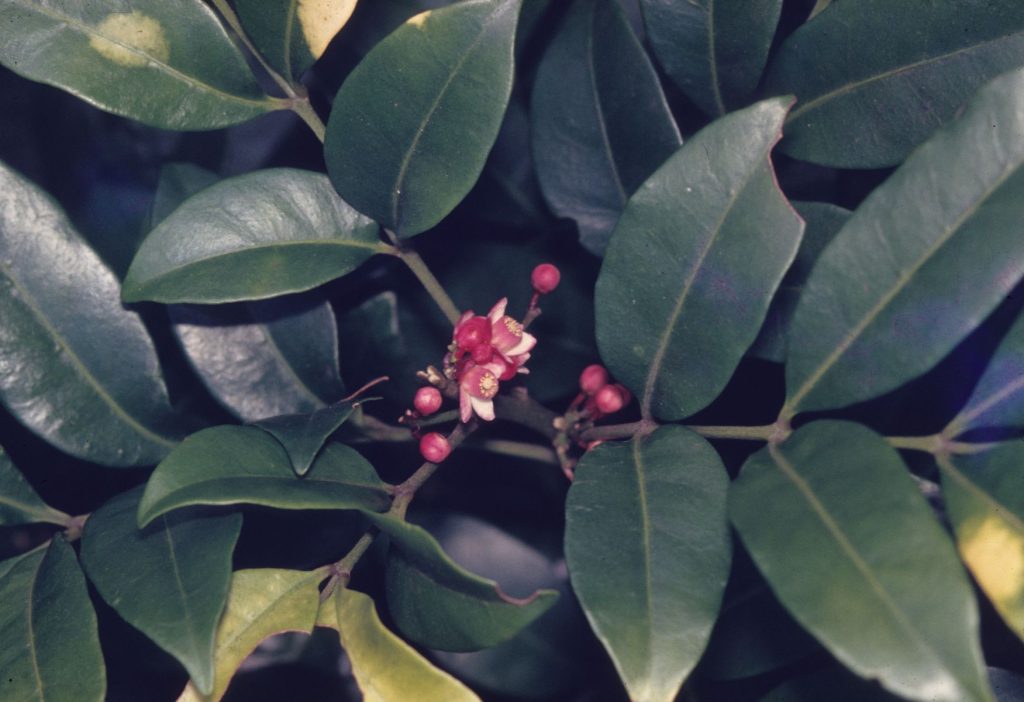
A common, evergreen, large shrub to small tree, growing to 8 metres tall by several metres wide.
Stenocarpus salignus
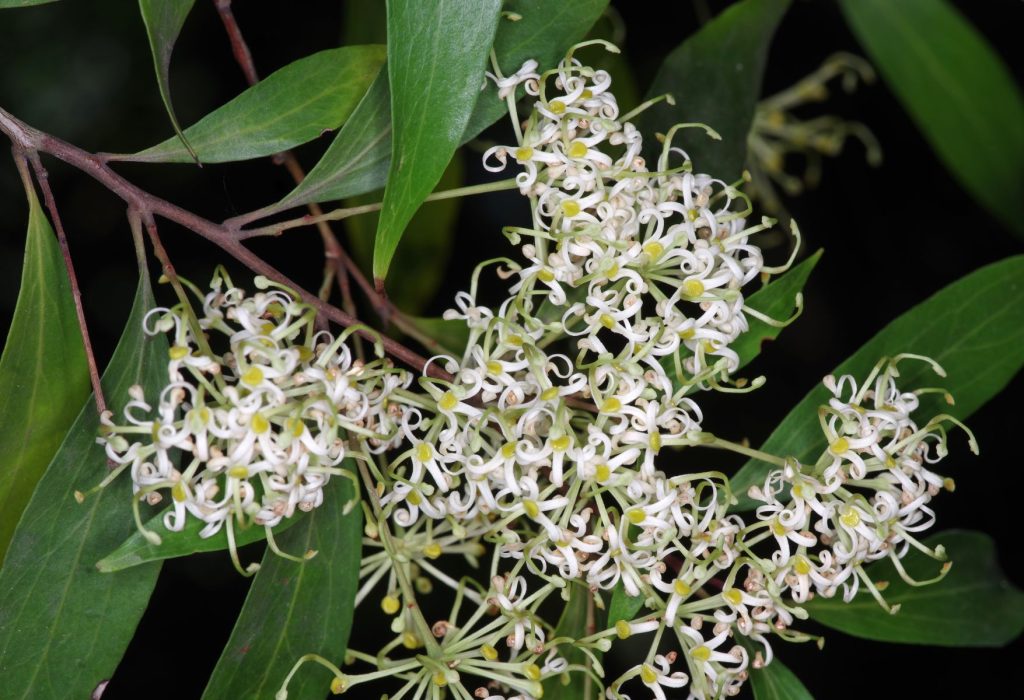
A tree, sometimes found as a large shrub, growing to potentially 30 metres tall by 10 metres wide. The trunk has dark brown and fissured bark and can have buttress roots.
Stenocarpus sinuatus
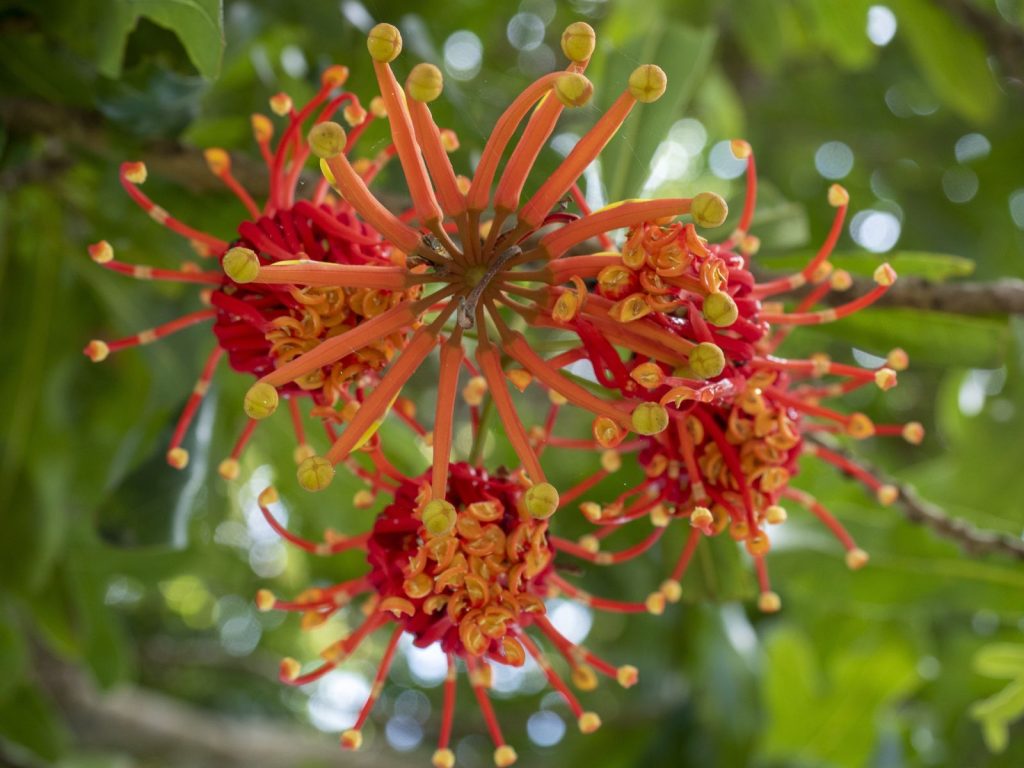
A potentially large tree (usually growing slowly), up to 40 metres tall with an upright erect canopy and with a trunk potentially reaching over 70 cm in diameter. The bark is greyish brown, not smooth and irregular.
Buckinghamia celsissima
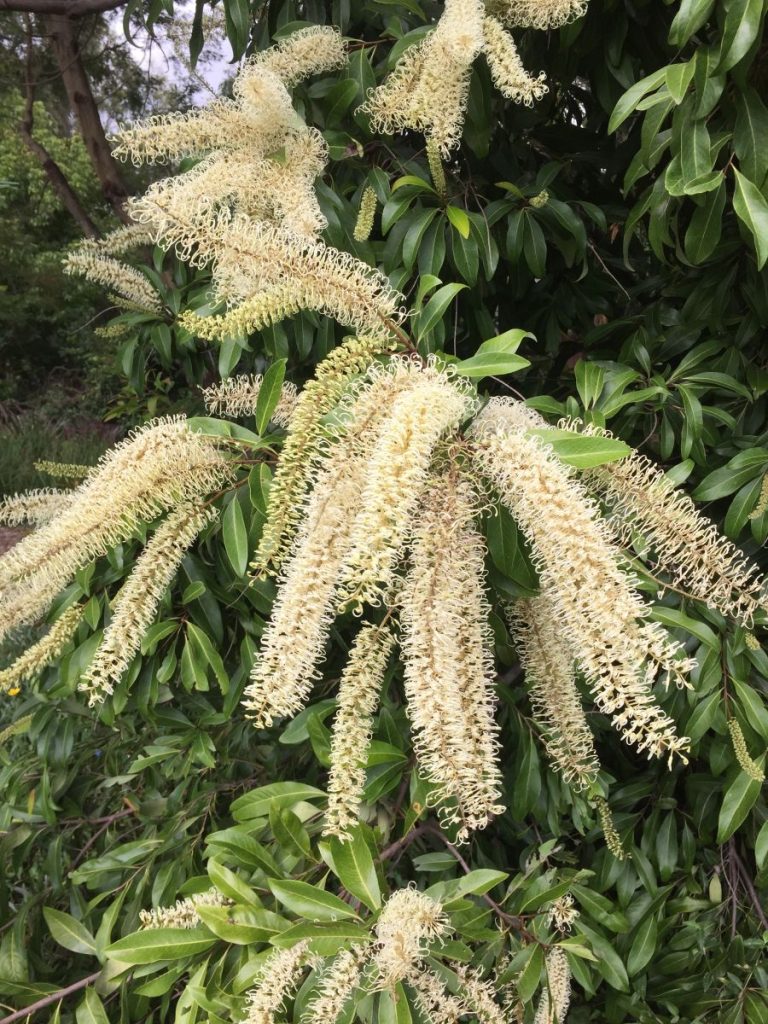
A tree to 30 metres tall in its natural habitat. It grows in Northern Queensland, close to the coast, from south of Cooktown to west of Townsville.
Acacia rubida
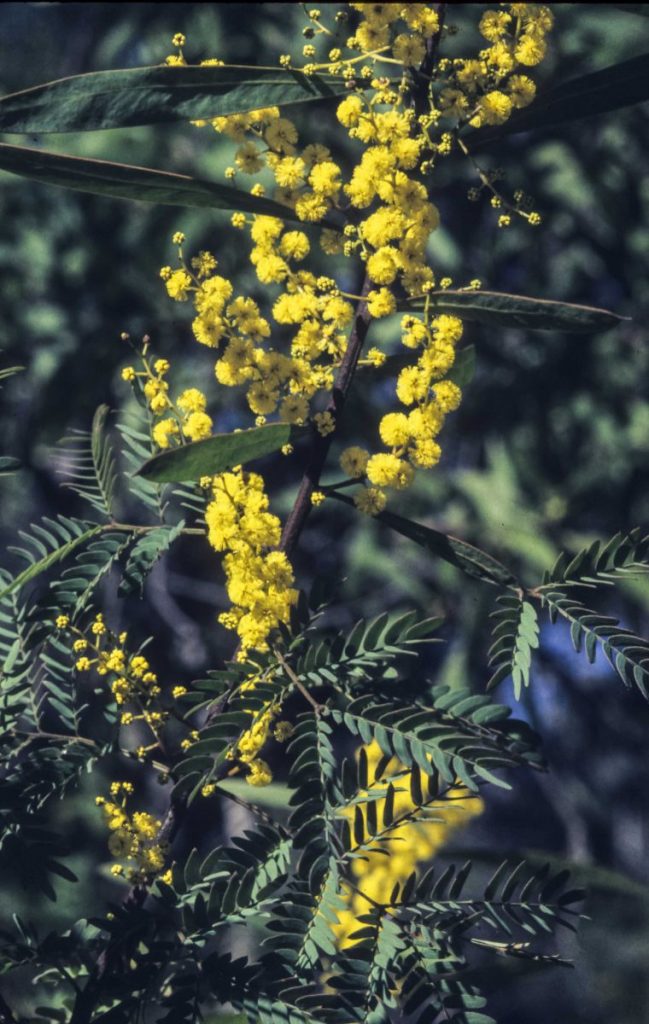
A bushy shrub or tree to 10 metres high.I t is often seen as a shrub, mostly single-stemmed.
Acacia binervata
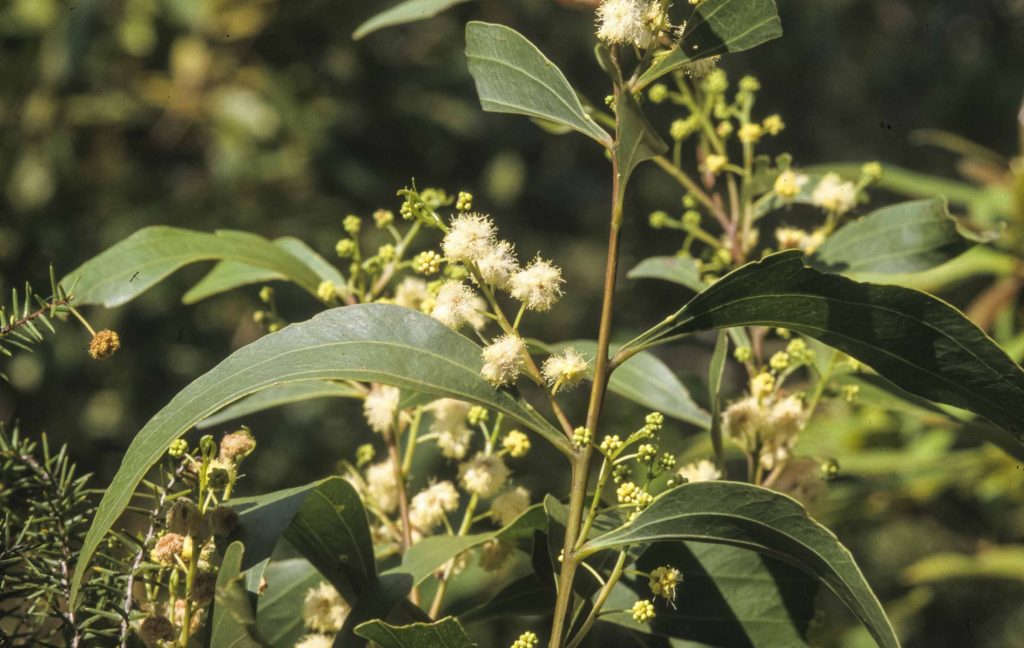
Acacia binervata is a tree to 15 m tall, which can create a dense canopy.
It is found in a range of habitats, growing in dry to moist sites in sandy, to more enriched, to basalt soils. It can be found in dry and wet sclerophyll woodland and forest, or on the margins of rainforest communities
Eucalyptus steedmanii
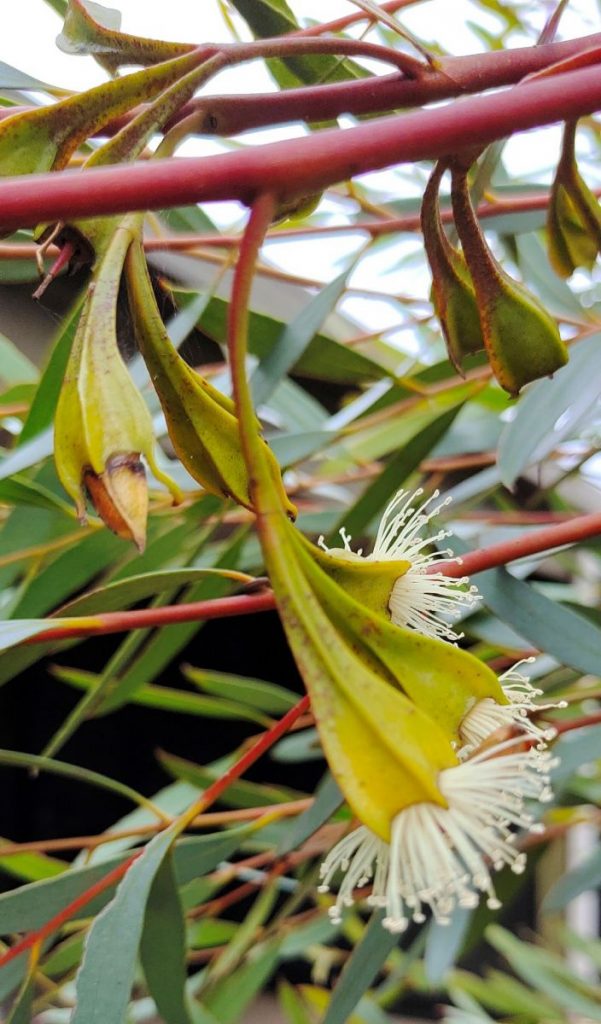
Eucalytptus steedmanii is a mallet-eucalypt, growing to a height of 10 metres, spreading to 7 metres wide (larger in favourable conditions).
Melaleuca squarrosa
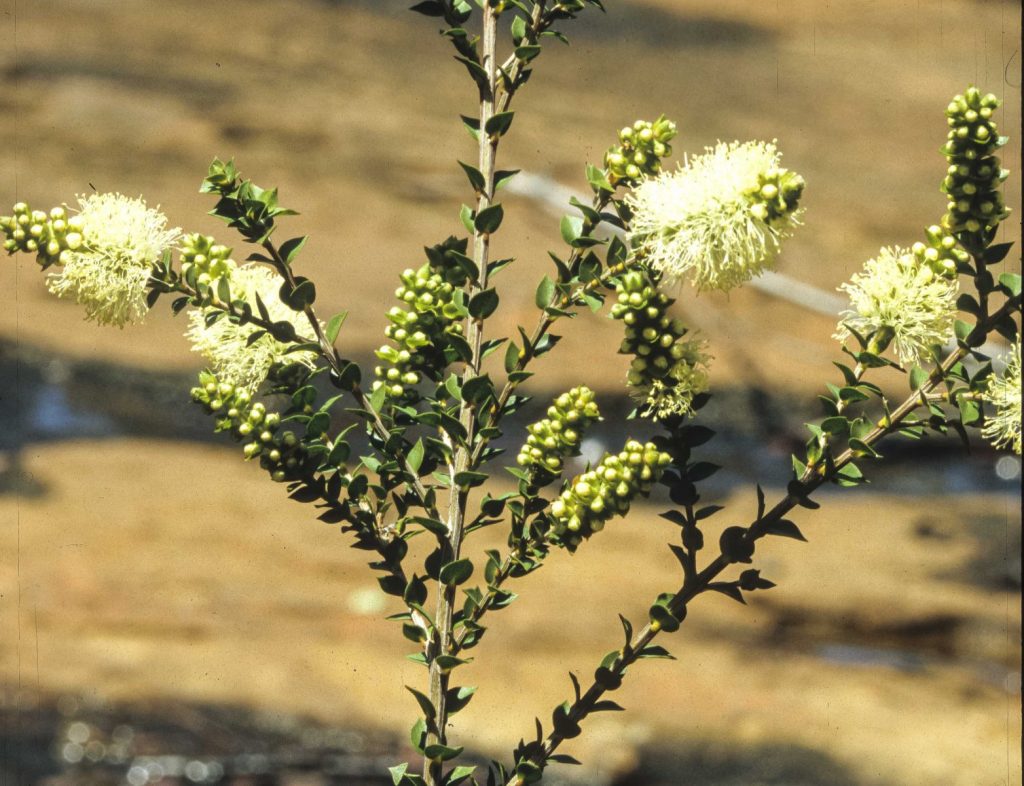
A shrub to tree, growing to 12 metres tall but often seen much smaller. It has white to grey papery bark.
Melaleuca sieberi
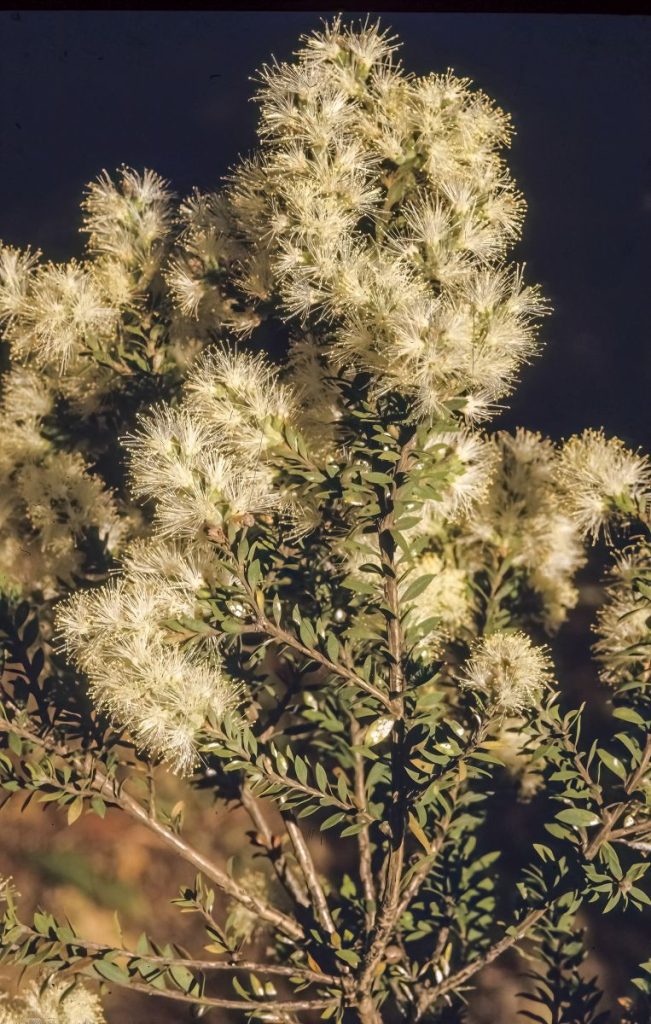
A small tree, usually growing to 5 metres tall, with white, grey or brown papery bark.
